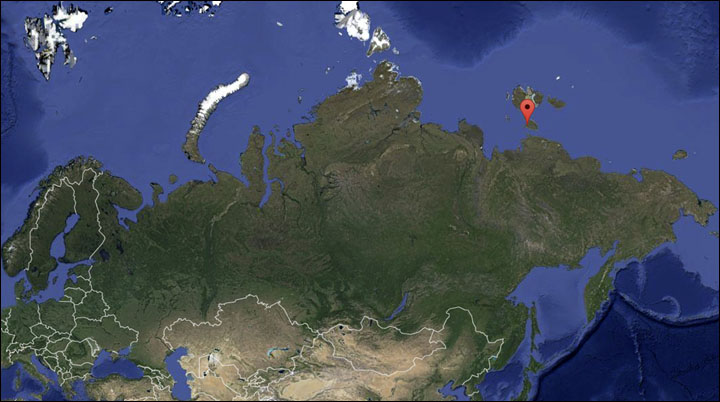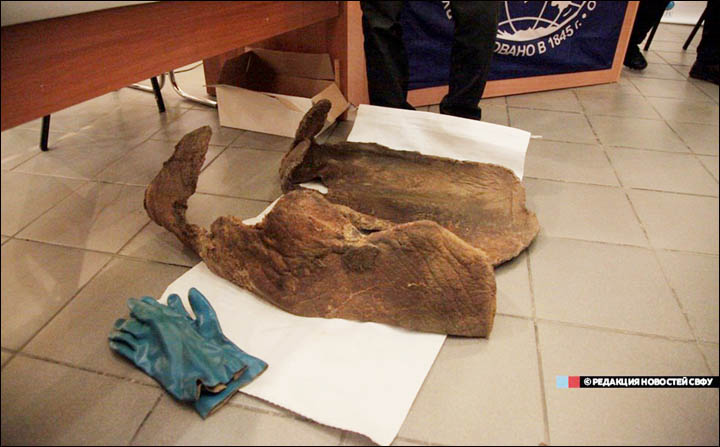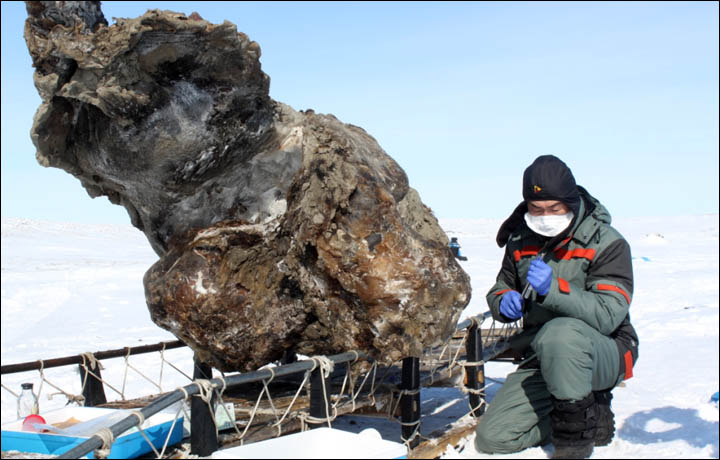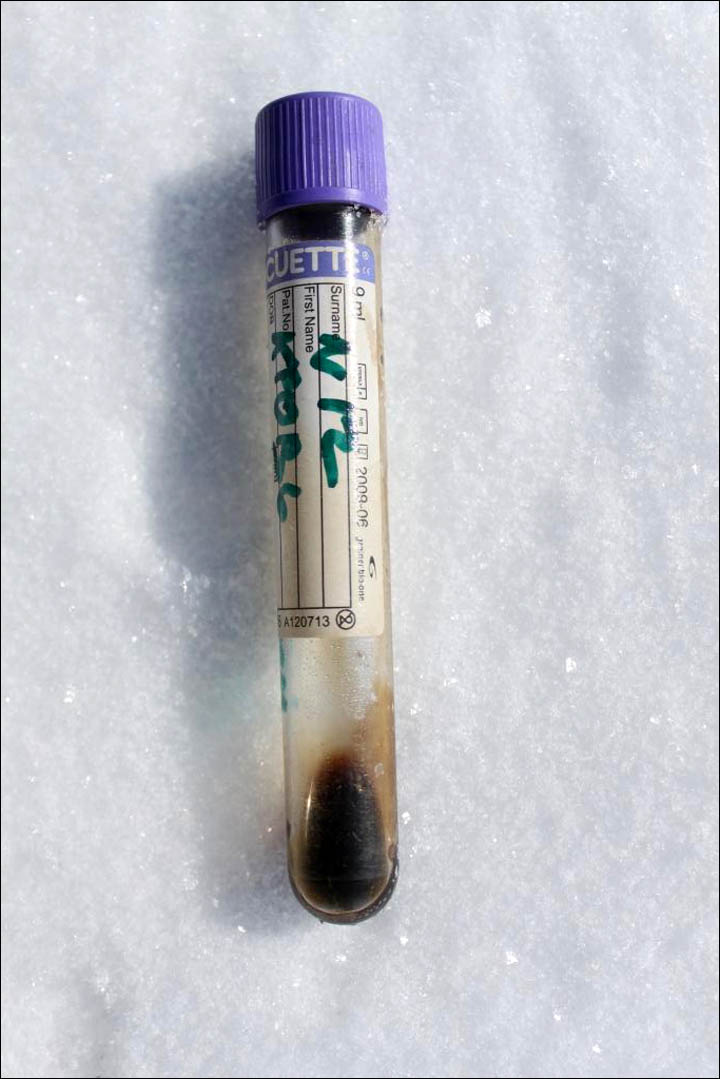Science-Technology
See other Science-Technology Articles
Title: Woolly mammoth skin found 'well preserved in permafrost' gives new hope for cloning
Source:
The Siberian Times
URL Source: http://siberiantimes.com/science/ca ... st-gives-new-hope-for-cloning/
Published: Oct 8, 2015
Author: The Siberian Times reporter
Post Date: 2015-10-09 09:06:36 by cranky
Keywords: None
Views: 3329
Comments: 11
Scientists now examining new discovery in hunt for 'living cells'. The discovery is seen as highly significant by Russian and South Korean experts working to bring the mammoths back to life through cloning. Picture: NVK The dramatic find was made this summer on the remote Lyakhovsky Islands off the northern coastline of the Siberian land mass. The scientists located the remains of six woolly mammoths and well preserved skin at least 10,000 years old - as well as an unexpected discovery of the tusk of a 'pygmy mammoth'. Currently the skin is being examined at a special laboratory in Yakutsk, capital of Siberia's Sakha Republic, also known as Yakutia, and the discovery is seen as highly significant by Russian and South Korean experts working to bring the hairy creature back to life through cloning. Lyakhovsky Islands are located off the northern coastline of the Siberian land mass and are the southernmost in the New Siberian archipelago. Picture: The Siberian Times Head of the expedition Semyon Grigoryev said: 'The skin is especially interesting for the 'Revival of the Mammoth' project. Our Korean colleagues believe that skin is the best material for cloning attempts through finding viable cells. Now we are studying the skin in our new laboratory.' He added: 'The Lyakhovsky Islands are considered to be the centre of the mammoth continent. One of the world's greatest concentrations of mammoth remains is here, so we deliberately chose this area to carry out the research.' 'Our Korean colleagues believe that skin is the best material for cloning attempts through finding viable cells.' Pictures: NEFU The islands are the southernmost in the New Siberian archipelago. The find of the 'pygmy mammoth' tusk has also intrigued the experts. A distinct species with this name has been identified in what is now California, while tiny mammoths found on Wrangel Island, in Russia, were seen as small variants of woolly mammoth. The famous Malolyakovsky mammoth was found on the same archipelago about 2 years ago. Pictures: Semyon Grigoryev 'The mammoth tusk belongs to an old specimen,' said Dr Grigoryev. 'Even experienced paleontologist Pavel Nikolsky said that he witnessed the pygmy mammoth for the first time. We have to figure out what it is: a micro population or an individual feature of this particular mammoth.' Previously on Maly Lyakhovsky island was found the carcass of old mammoth, a mother of nine, with preserved blood and muscle. The expedition to the site was initiated by the North-Eastern Federal University, in Yakutsk, with the support of Russian Geographic Society(5 images)




Post Comment Private Reply Ignore Thread
Top • Page Up • Full Thread • Page Down • Bottom/Latest
Begin Trace Mode for Comment # 4.
#1. To: cranky, *Archeology and Digs* (#0)
Ok,can someone explain to me WHY anyone wants to create new living Mammoths? For what purpose,other than as huge pets that have to be kept in a protected environment somewhere at public cost? We all know there is no way in hell the tree huggers are going to let them get away with raising mammoths for the meat or as work animals,so what good are they? Sometimes just because you CAN do something it doesn't mean that you SHOULD do it.
Fuck PETA. I'd like to have me a great big juicy Mammoth steak.
#11. To: GrandIsland (#4)
Imagine the Prime Rib.
Top • Page Up • Full Thread • Page Down • Bottom/LatestWoolly mammoth skin found 'well preserved in permafrost' gives new hope for cloning
#4. To: sneakypete (#1)
Replies to Comment # 4.
End Trace Mode for Comment # 4.
[Home] [Headlines] [Latest Articles] [Latest Comments] [Post] [Mail] [Sign-in] [Setup] [Help] [Register]
